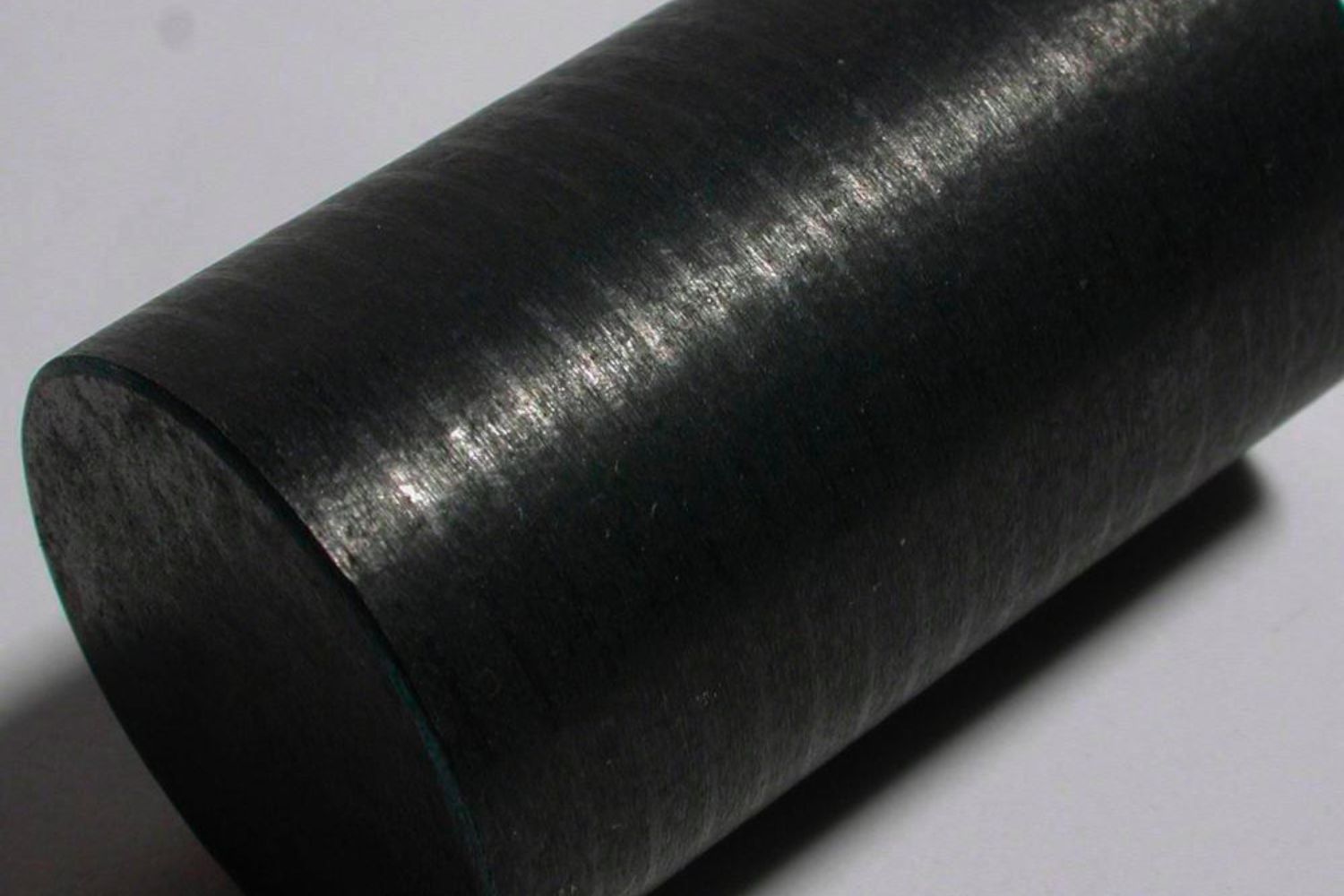
Staballoy, also known as depleted uranium, is a fascinating material with unique properties and uses. Ever wondered why it's so special? Depleted uranium is a byproduct of enriching uranium for nuclear reactors and weapons. It’s incredibly dense, almost twice as dense as lead, making it perfect for applications requiring high density and strength. This material is used in military armor, ammunition, and even in some medical and industrial equipment. Despite its benefits, there are concerns about its environmental and health impacts. Curious to learn more? Here are 30 intriguing facts about Staballoy that will shed light on its many facets.
Key Takeaways:
- Staballoy, also known as depleted uranium, is a dense metal with unique properties used in military, medical, and industrial applications. It's dense, penetrative, and has environmental and health concerns.
- Depleted uranium has a rich history, dating back to the 1970s, and ongoing research aims to reduce its environmental impact and explore new medical and industrial uses. Proper handling and disposal are crucial.
What is Staballoy?
Staballoy, also known as depleted uranium, is a dense metal with unique properties. It has various applications, from military to medical. Let's dive into some fascinating facts about this intriguing material.
- Staballoy is primarily composed of uranium-238, which is less radioactive than natural uranium.
- The term "depleted" refers to the reduction of uranium-235, the isotope used in nuclear reactors and weapons.
- Despite being less radioactive, it still requires careful handling due to its chemical toxicity.
- Staballoy is 1.7 times denser than lead, making it ideal for applications requiring high density.
- Its high density allows it to penetrate armor more effectively than other materials.
Uses of Staballoy in the Military
Staballoy's unique properties make it valuable in military applications. Here are some ways it's used:
- It is commonly used in armor-piercing ammunition due to its ability to penetrate heavy armor.
- The U.S. military has used it in tank armor to enhance protection against enemy fire.
- Staballoy's density helps in counterweights for aircraft and missiles, improving stability and performance.
- It is also used in naval applications, such as in the ballast of submarines.
- The material's pyrophoric nature means it can ignite upon impact, increasing its effectiveness in combat.
Medical and Industrial Applications
Beyond the battlefield, staballoy has found uses in various medical and industrial fields. Here are some examples:
- It is used in radiation shielding for medical equipment, protecting patients and staff from harmful radiation.
- Staballoy is employed in the production of X-ray and gamma-ray shielding materials.
- In the oil and gas industry, it is used in drilling equipment to add weight and improve drilling efficiency.
- It serves as a counterweight in cranes and other heavy machinery, providing stability.
- The material's density makes it useful in balancing flywheels and other rotating equipment.
Environmental and Health Concerns
While staballoy has many uses, it also poses environmental and health risks. Here are some important considerations:
- Depleted uranium can contaminate soil and water if not properly managed.
- Inhalation or ingestion of uranium particles can lead to kidney damage and other health issues.
- Military personnel exposed to staballoy dust may experience respiratory problems.
- Long-term exposure to depleted uranium can increase the risk of cancer.
- Proper disposal and handling are crucial to minimize environmental and health impacts.
Interesting Historical Facts
Staballoy has a rich history, with several interesting facts worth noting:
- The first use of depleted uranium in military applications dates back to the 1970s.
- During the Gulf War, the U.S. military used staballoy ammunition extensively.
- The material was initially developed for use in nuclear reactors before its military applications were discovered.
- Depleted uranium has been used in civilian applications since the 1950s.
- Research into alternative materials continues, but staballoy remains a popular choice due to its unique properties.
Future Prospects and Research
Research into staballoy and its applications continues to evolve. Here are some future prospects:
- Scientists are exploring ways to reduce the environmental impact of depleted uranium.
- New technologies aim to recycle and repurpose staballoy for safer applications.
- Research into alternative materials seeks to replace depleted uranium in some applications.
- Advances in medical technology may lead to new uses for staballoy in radiation therapy.
- Ongoing studies aim to better understand the long-term health effects of exposure to depleted uranium.
The Final Word on Staballoy
Staballoy, or depleted uranium, is a fascinating material with unique properties. Its high density and strength make it valuable in various industries, from military applications to medical uses. However, its radioactive nature raises significant health and environmental concerns. Understanding both the benefits and risks of staballoy is crucial for making informed decisions about its use.
While it offers advantages in armor-piercing ammunition and radiation shielding, the potential for long-term contamination and health risks cannot be ignored. Balancing these factors requires careful consideration and responsible handling.
In summary, staballoy's unique characteristics make it a double-edged sword. Its applications can be incredibly beneficial, but they come with serious responsibilities. As technology and safety measures evolve, so too will our ability to harness staballoy's potential while minimizing its risks.
Frequently Asked Questions
Was this page helpful?
Our commitment to delivering trustworthy and engaging content is at the heart of what we do. Each fact on our site is contributed by real users like you, bringing a wealth of diverse insights and information. To ensure the highest standards of accuracy and reliability, our dedicated editors meticulously review each submission. This process guarantees that the facts we share are not only fascinating but also credible. Trust in our commitment to quality and authenticity as you explore and learn with us.
